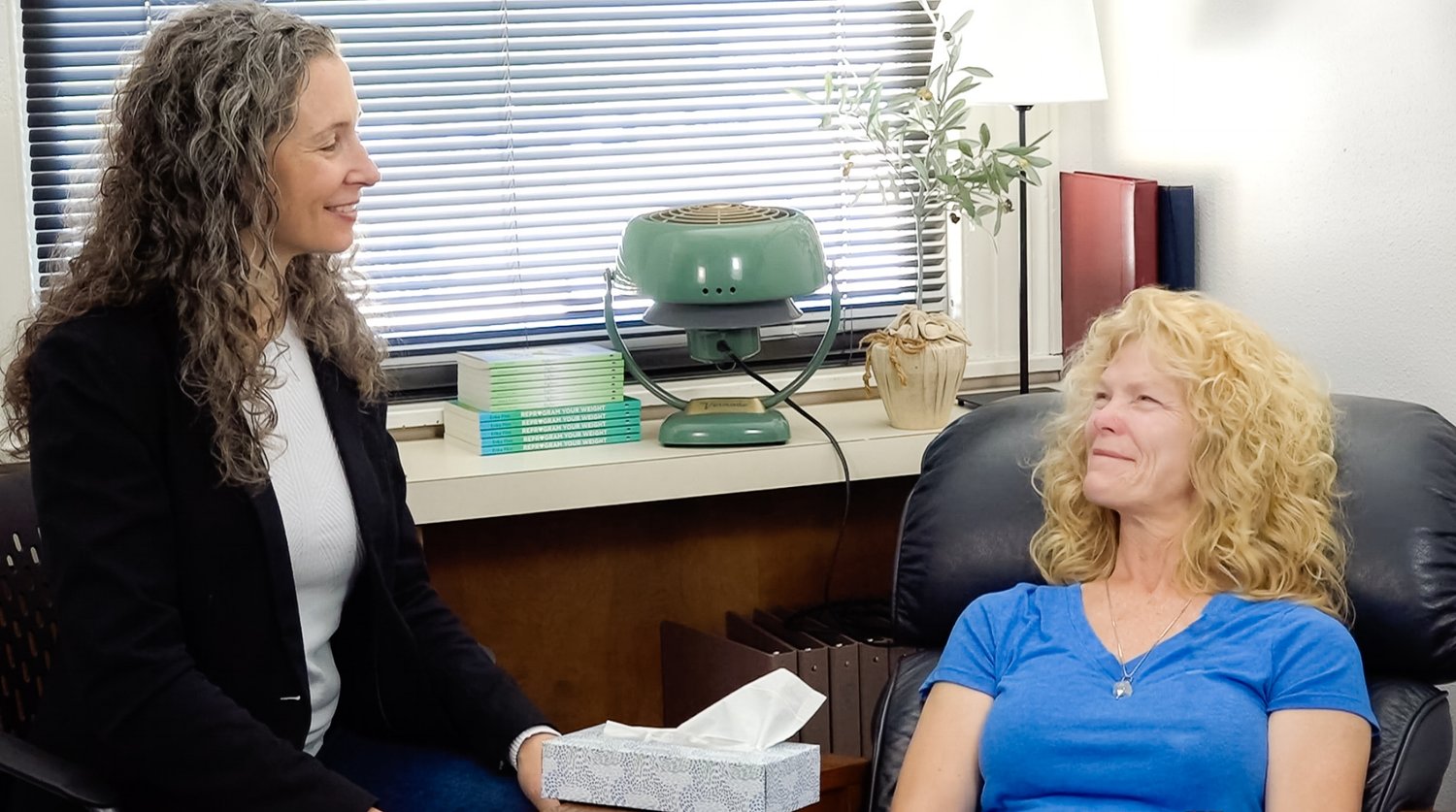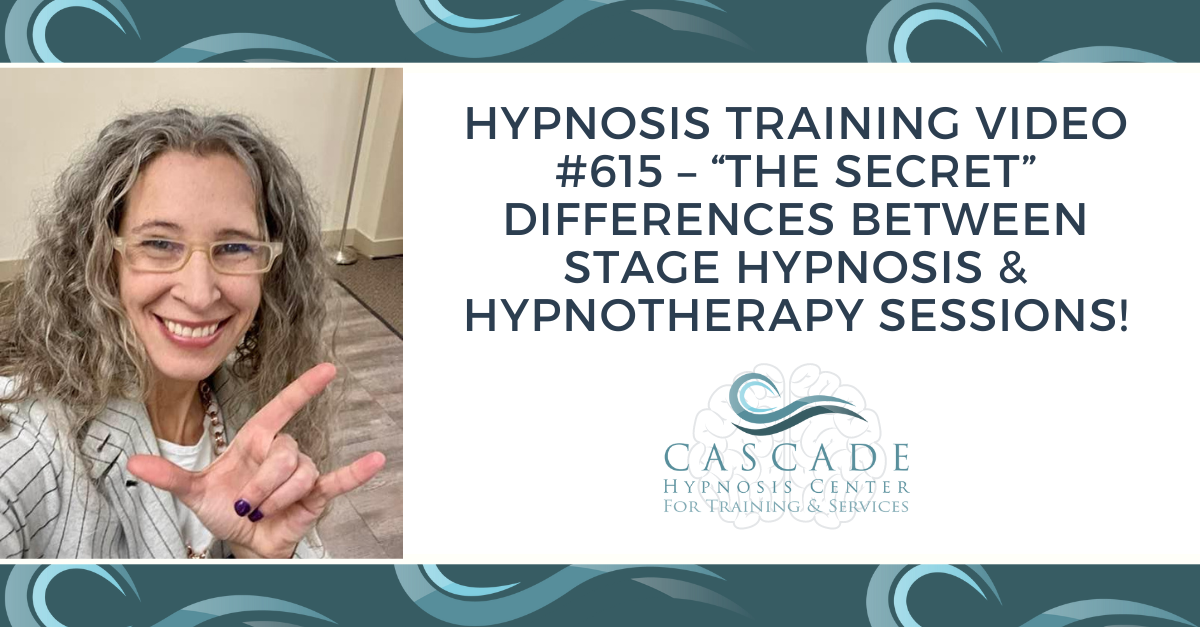How to Take the Right Notes During a Hypnosis Session
The 5-Step Guide to Asking Excellent Questions and Increasing Client Success
By Erika Flint, BA, BCH, A+CPHI, OB
It seems obvious that taking notes during a hypnosis session is a must – but what exactly should you be writing down? This article will outline the basics of effective session note taking in five simple steps.
Why Take Notes during a Hypnosis Session?
There are many good reasons to take good notes during a hypnosis session, some include: record keeping, client status between sessions, and capturing information for your client to take home.

There are subtler reasons too – like building rapport with your client by writing down things they believe are important. Writing things down to stay fully present with your client instead of trying to memorize everything they tell you.
There are 2 main reasons to get REALLY GOOD at note taking and it all comes down to getting results for your clients – Effectiveness and Efficiency.
These two terms are intricately linked, and one without the other is not acceptable.
Take notes be as effective as possible with clients so they achieve their results faster, and do so efficiently
There isn’t time to write everything down, and the more you attempt to write down, the more you’re disconnected from the present moment and being with your client.
As with most things in life, finding a balance between the two is the key.
There are 2 sets of Hypnosis Session notes
One set is hand-written hand while you’re with the client, then a second that is typed up after the client leaves
The typed version is a summary that enables you to quickly get back up to speed on you client’s status and next steps prior to their next session. You’ll read the summary prior to their next appointment.
Here’s an overview of the 5 steps to effective note taking by asking the right questions. They are written chronologically based on a typical hypnosis session with a client including pre-hypnosis interview, hypnosis session, and post-hypnosis interview.
Step 1: Client Status
One of the primary reasons to take notes during session is to be as effective as possible with helping your client achieve the benefits they came in for. It’s good practice to check in with your client on the status of their benefits, or the desired outcomes they want from working with you. This can be accomplished by asking clients, “What worked for you this week?” and making note of it.
“Negativity Bias is a biological construct. It is our brain’s tendency to focus on the negative for our survival. Educate your clients on this issue so they know there’s NOTHING WRONG with them ”
Of course they’ll likely instead offer a negative response like what didn’t work. The reason clients like to lead with what didn’t work is because of Negativity Bias. You can take the opportunity to explain negativity bias to your client and why the brain is hard-wired to focus on the negative.
Educational opportunities such as explaining negativity bias help our clients to know that there’s nothing wrong with them, this is just how the brain is designed. It reduces feelings of inadequacy and guilt that get piled on top of feeling “bad”.
Step 2: Upcoming Events
.jpg)
Ask your client about any upcoming events or challenges in their life, for example, “What’s coming up in your life in the next few weeks?”. If they mention anything you can use in the hypnosis session like a party, birthday, trip, or visit from the in-laws, make sure to write all that down.
It serves 2 purposes: First, it offers an opportunity to do Age Progression with your clients in the hypnosis session on that event, and second it is something you’ll want to ask your clients about the next session to gauge their progress.
Step 3: Insight
When your client has an insightful breakthrough during your hypnosis session, ask them to verbalize it. For example, say “Put an ending on this. I’ve changed because now I know ___________”.
Getting your client to verbalize their insight during the session increases what I call Conscious Buy-In. Conscious buy-in loops the conscious mind back into the hypnosis process and gets the rational, logical part of the mind to agree with the client’s breakthrough. This increases client long-term success.
“Conscious Buy-In loops the conscious mind back into the hypnosis process and gets the rational, logical part of the mind to agree with the client’s breakthrough. ”
Write down your client’s response to these questions and feed them back to your client in the Direct Session portion of the session, including during the Segway, which is: “Now that you know _________, you’re able to accept these suggestions more powerfully and permanently than ever before ____________”.
4. Session Review and Next Steps
After the session is over it’s time to write up a summary of the session, including the following:
Overview of session techniques and status. Where is your client in the hypnosis process? What Induction did you use? What other details do you want to remember for next session?
Plan for next session. Is it time to move onto the next phase of the hypnosis process? Make note of what you plan to do with your client the next session, then note that it likely will change given your client’s status when you see them.
Anything else you want to remember for next session. Write down the upcoming events, and any concerns your client has so you remember to ask about them next time.
5. Anything the Client thinks is Important
It’s good practice to write down anything your client believes is important. If it’s important to them, it should be important to you – even if you believe otherwise.
When in session with clients I have all their notes in front of me, in reverse chronological order, starting with the summary of their last session. Under their summary is the hand-written notes from the session. This offers a great ability to refer back to previous sessions, while staying present with your client in real-time.
Great note taking helps our clients achieve their results faster.



-3.png)